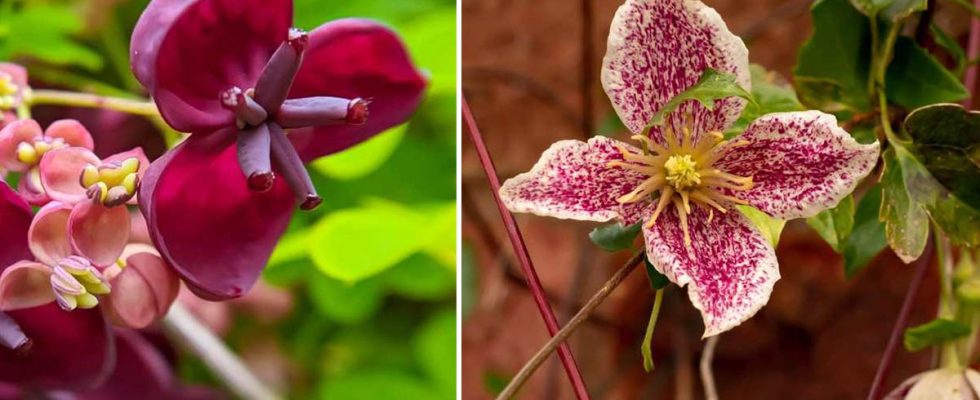
Holboellia


With its flowering in varied colors and its pretty green foliage, this climber, still little-known, is perfect for decorating your garden. When you have male and female flowers, the former appear in white clusters and the latter in purple-pink bouquets. These inflorescences are reminiscent of those of the bellflower and give off a sweet scent.
During hot summers, elongated fruits replace flowers during the late season. This climber grows quickly and can reach 5 meters in height. They generally withstand temperatures between -8°C and -10°C. They should be favored in regions with less harsh winters.
Honeysuckle
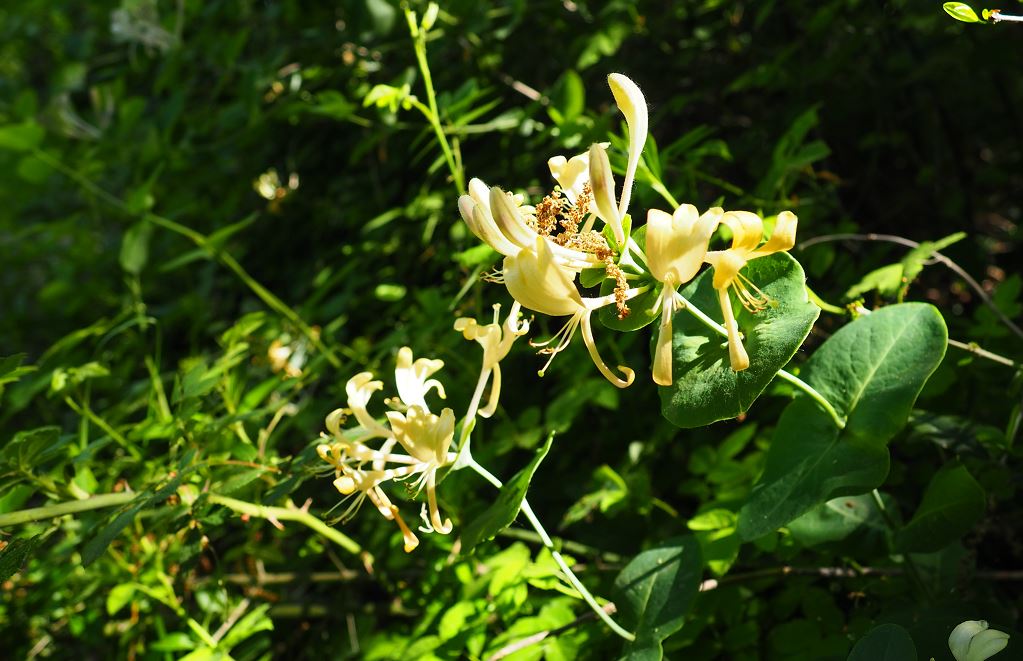

Honeysuckle is an essential plant that has many benefits. He is very simple to cultivate, fast growing, resistant to diseases and it appreciates all types of soil. We love its scent, which invades the garden from late spring to early autumn.
Its flowers oscillate between white and yellow, but also between salmon pink and orange-yellow depending on the varieties chosen. The foliage is very elegant with oval leaves, often green, but sometimes with bronze reflections or very aesthetic variegations. It tolerates frost and cold perfectly and can reach between 2 and 6 meters in height. Once the flowers fade, it is covered with small fruits that are toxic to humans, but which delight birds.
Ivy
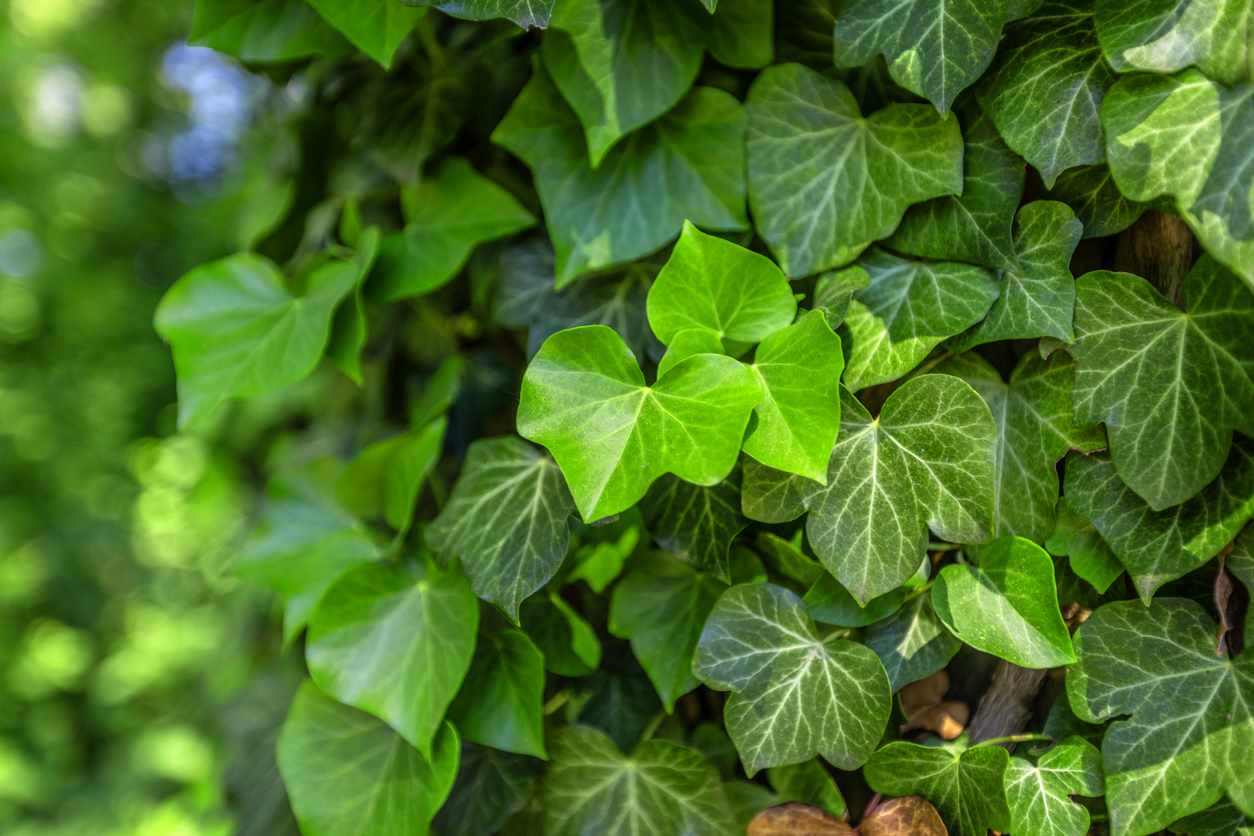

It’s a plant which requires little maintenance and which thrives in all soils from the moment they are drained and fresh. It resists drought very well when it is well established. Variegated species require some light. Others do well in a dark or shaded area.
They perfectly tolerate frost and cold temperatures up to -25°C. Simple to grow, it easily covers structures, unsightly places or buildings, if the masonry is sound. It presents pretty flowers in umbels from the end of summer to autumn and then the black berries take place to the great pleasure of the birds who love them.
Berberidopsis
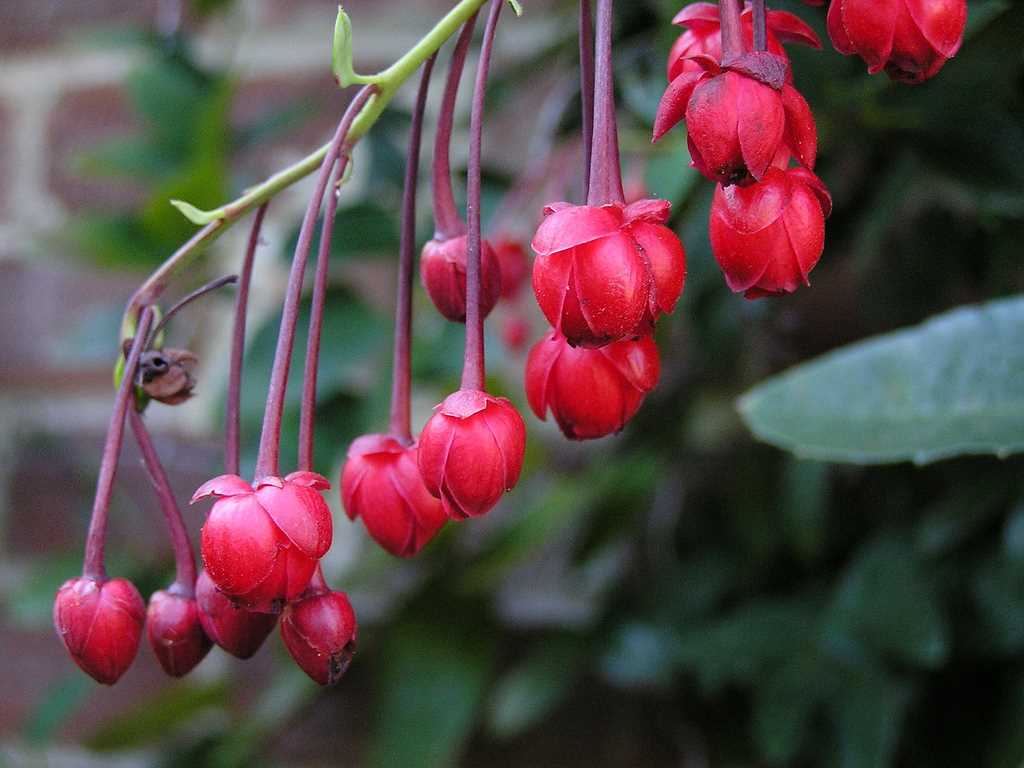

Berberidopsis is often called coral plant and it is a very elegant evergreen. It resists temperatures ranging from -5°C to -12°C. It particularly thrives in acidic, fresh and soft soils. It must be very well drained in winter. It appreciates sunny or semi-shaded areas.
Its very aesthetic foliage is a pretty shiny green and we love its slightly serrated side. It is between July and October that it is covered with small bell-shaped flowers of a beautiful coral red contrasting with the leaves. It easily reaches between 3 and 5 meters in height.
However, it requires substantial mulching to cope with winter and low temperatures.
Jasmine
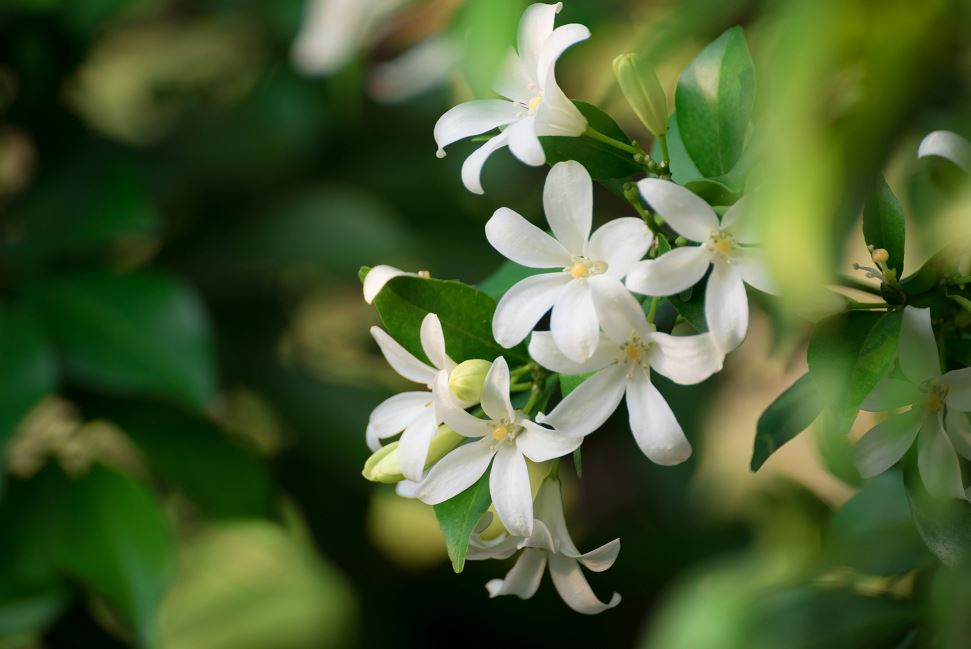

Jasmine and in particular trachelospermums or false jasmines are at the top of the podium of evergreen climbing plants. Very dark green in color, it changes to purple under the effect of drought or cold. There are varieties where it is variegated white, cream, orange or yellow.
The flowering which takes place from spring to summer is very abundant. It presents clusters of small propeller-shaped flowers that give off a tenacious scent that perfumes the garden. They can be white, but also yellow or a beautiful, very soft and delicate pink.
The Bigogne


The bigogne presents numerous species, including 3 very aesthetic climbing varieties. They all have one thing in common their rapid growth and abundant and long flowering, extending from May to autumn. They are rustic and resistant to temperatures from -10°C to -15°C.
They are covered with pretty trumpet-shaped flowers of a yellow or orange hue and thus illuminate your facades or pergolas, from July to September. It is a very decorative plant and relatively simple to grow. Its very tender green deciduous leaves take on golden yellow shades in autumn. It prefers sunny exposures.
Christmas clematis


The Christmas clematis is a climber flowering during winter and bringing color to a garden that is a little sleepy this season. Obviously, it tolerates cold and frost perfectly. Its very aesthetic, bell-shaped flowers offer a multitude of shades ranging from the purest white to a deep burgundy red. They are sometimes fragrant and give off a light and very pleasant scent.
The akebia
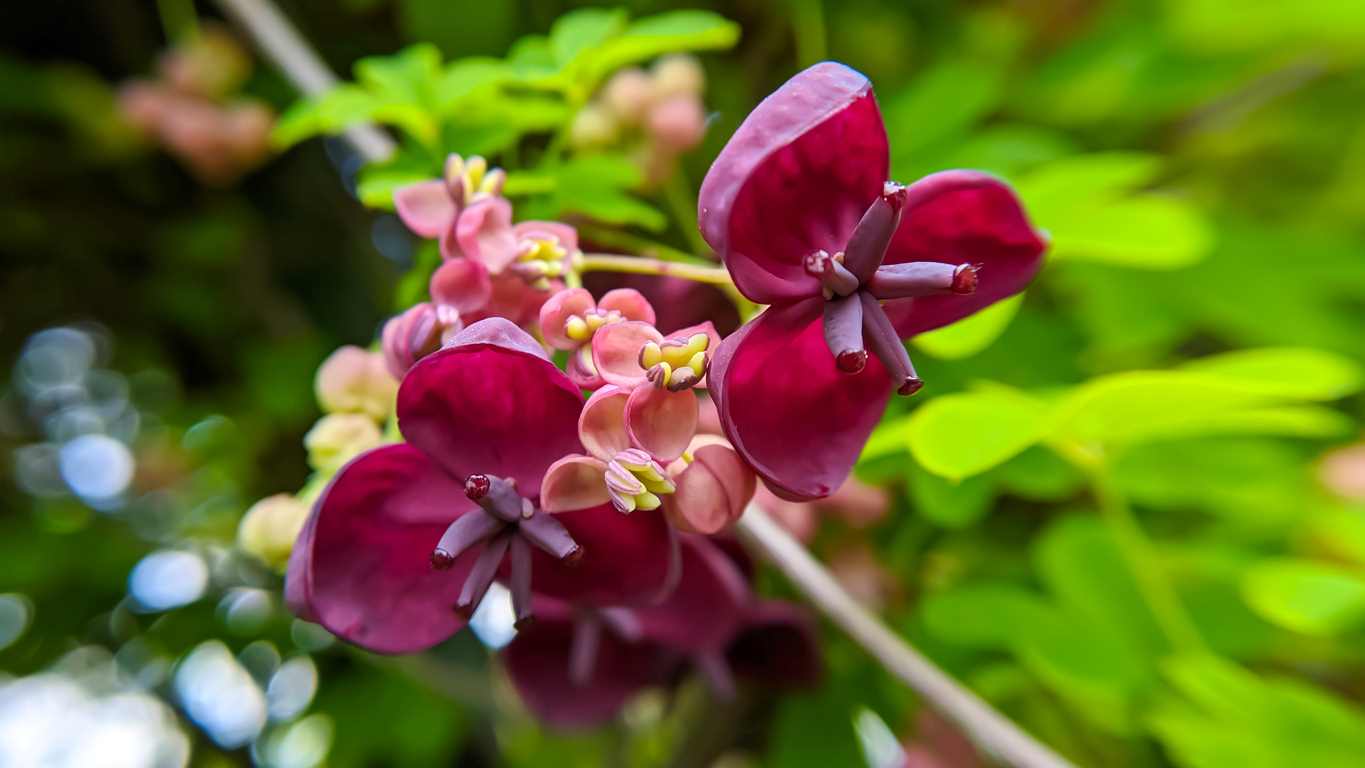

This pretty climber offers beautiful clusters of red-purple or white and purple flowers in spring. It gives off a sweet vanilla scent and has pretty green palmate foliage, semi-evergreen or deciduous. It turns purple during the fall. The akebia grows very quickly and in all directions, it therefore requires regular sizes. It tolerates low temperatures not exceeding -15°C.
Wisteria


This climbing plant is perfectly resistant to frost and cold, it offers spectacular flowering and an intoxicating scent. Although very easy to maintain, it must be pruned throughout the year. She tolerates low temperatures down to -15°C.
It appreciates poor, dry soils and sunny exposures, provided it is sheltered from northern winds. In too rich soil, it develops its foliage to the detriment of the flowers.
Virginia creeper
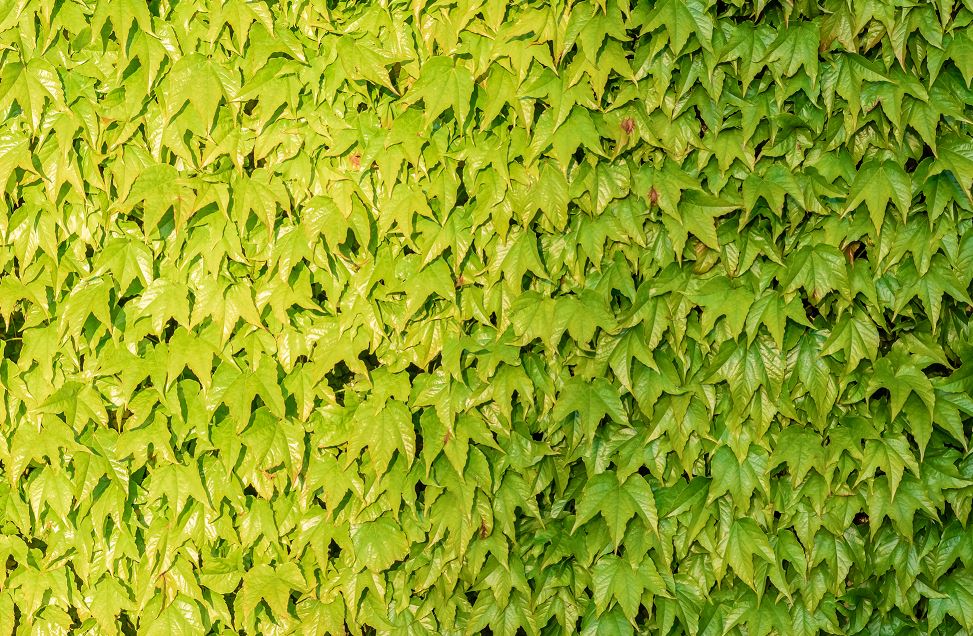

It is often chosen for its ornamental foliage which changes over the seasons, from green to purple. With its rapid growth and its resistance to temperatures down to -15°C, it supports the most ordinary soils provided they are drained and cool. Some varieties display spectacular colors. They are covered with small berries to the delight of the birds.

